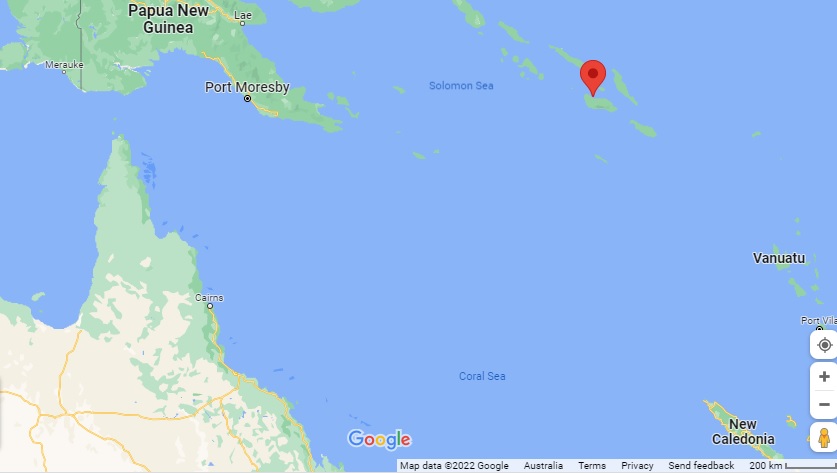In my post Is Climate Change Threatening the Solomon Islands? I showed that sea levels at Honiara are predominantly caused by variations and strengthening of the south-east trade winds blowing across the Pacific.
Trade wind strength is also an indicator of sea levels all around Australia- as far south as Tasmania.
I use scaled trade wind index data from NOAA, and mean sea level data from the BOM’s Australian Baseline Sea Level Monitoring Project. Sea level is in metres and all data are monthly anomalies.
Here’s a map showing the location of the ABSLMP stations.
Figure 1: Sea level stations
I did not use those stations with large gaps (e.g. Thevenard) or very short records (Thursday Island).
Figure 2 shows sea level and the trade wind index (scaled down by a factor of 60).
Figure 2: Trade Winds and East Coast Sea Levels
Sea levels appear to loosely match trade winds (a symptom of the El Nino- Southern Oscillation-ENSO). Sea levels are averaged in Figure 3.
Figure 3: Trade Winds and Averaged East Coast Sea Levels
Across the north of Australia, the match is close and strong.
Figure 4: Trade Winds and North Australian Sea Levels
Figure 5 shows the average of the tide gauges, including Cocos Island, far out in the Indian Ocean.
Figure 5: Trade Winds and Average North Australian Sea Levels
Figure 6: Trade Winds and Average North Australian Sea Levels Excluding Cocos Island
The surprise is that the same effect is seen across southern Australian ports, with the TWI scaled down by 30.
Figure 7: Trade Winds and Southern Australian Sea Levels
Figure 8: Trade Winds and Average Southern Australian Sea Levels
When the trades are weak, sea level is lower, and vice versa, with a delay of one or two months. The trade winds have become stronger over the last 40 years, and sea levels have increased.
Across southern Australia the intensity of high pressure systems has also increased:
Figure 9: Strength of southern high pressure systems
The strength of high pressure systems in the sub-tropical ridge has increased. On the southern side blow the Roaring Forties, and on the northern side the South-East Trades. Stronger winds in the Pacific roughly match stronger winds in the Southern Ocean, pushing the sea up against the coastlines in the north and south.
It could be that stronger circulation is a symptom of global warming (which you may remember I don’t doubt, just the amount and cause). However water finds its own level. Sea level rise at Australian ports and some Pacific islands that has been caused by wind-driven water movement has to be matched by sea level fall across broad areas elsewhere. That’s why coastal tide gauges are not good at measuring global sea level.
There’s more to sea level than you might think.













